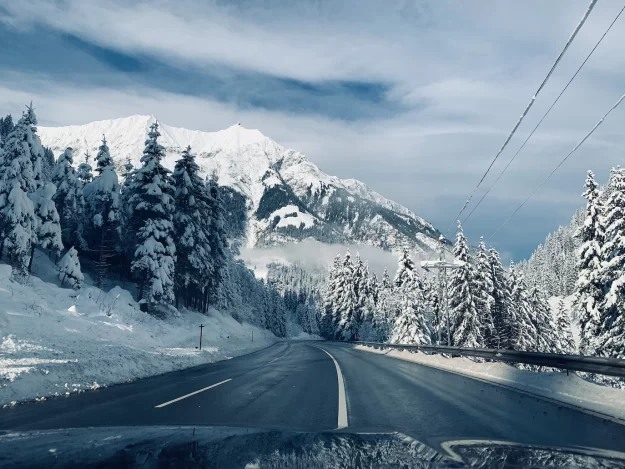Widgetized Section
Go to Admin » Appearance » Widgets » and move Gabfire Widget: Social into that MastheadOverlay zone
Multi-party decision making behind Colorado road closures

Every winter, plow truck drivers from the Colorado Department of Transportation work tirelessly to keep the roads open. Despite their best efforts, however, severe weather and road accidents do result in some road closures. These closures are a result of a collaborative effort between CDOT, local law enforcement, and highway patrol officers and are predominantly based on a series of observations made by personnel active on the scene. Although one of the main priorities of the CDOT is to ensure the roads remain open, it is in the best interest of the public to close the roads when the accident risk becomes too high.
Secondary incidents are a big risk
In a recent media interview, a spokesperson for CDOT, Elise Thatcher, stated: “It’s pretty rare for us to close a road, or for a local agency to request that a road be closed, due to just weather.” She continued to explain that the majority of road closures across the state are implemented when road incidents can potentially result in unsafe conditions and secondary incidents. These incidents are more likely to occur on parts of the road that have steep grades, sharp curves, and limited visibility. According to statistics, the risk of a secondary incident increased by a whopping 2.8% for every minute a road accident continues to be a hazard.
Safe driving is critical
Secondary road accidents are believed to be responsible for nearly one in five deaths on the highways of Colorado. While road users have no control over the weather, they can do their part to keep the roads open and limit fatalities by driving particularly carefully during inclement weather. In Longmont, where the snowy season lasts for almost half of the year, road closures due to the weather and accidents are not uncommon. It can be both frustrating and dangerous when cars are lined up at an accident scene or due to severe weather conditions. In the event of a normal breakdown, it is possible to do a quick tow truck Longmont search on a smartphone to request expert assistance. When it comes to secondary instances that result in complete road closures, getting assistance may be a lot harder.
No decisions are made in haste
During the interview, Thatcher also explained how virtual meetings and catch-up calls take place often between CDOT members and other stakeholders – especially during severe storms. She continued that it takes real teamwork and solid communication to determine which roads need to be closed and which can remain open. Road users can visit CoTrip.org or the official free smartphone app linked to the website for official updates pertaining to road closures. Both platforms offer users access to free up-to-date maps and closure details for the whole of Colorado. It has been brought to CDOT’s attention that some companies are trying to pass paid-for apps as ‘official’ and they urge individuals to not part with any money unnecessarily.
The opening and closing of roads in Colorado is quite an intricate process. Thankfully, the decision to close a road are the responsibility of a group of knowledgeable and experienced stakeholders.


